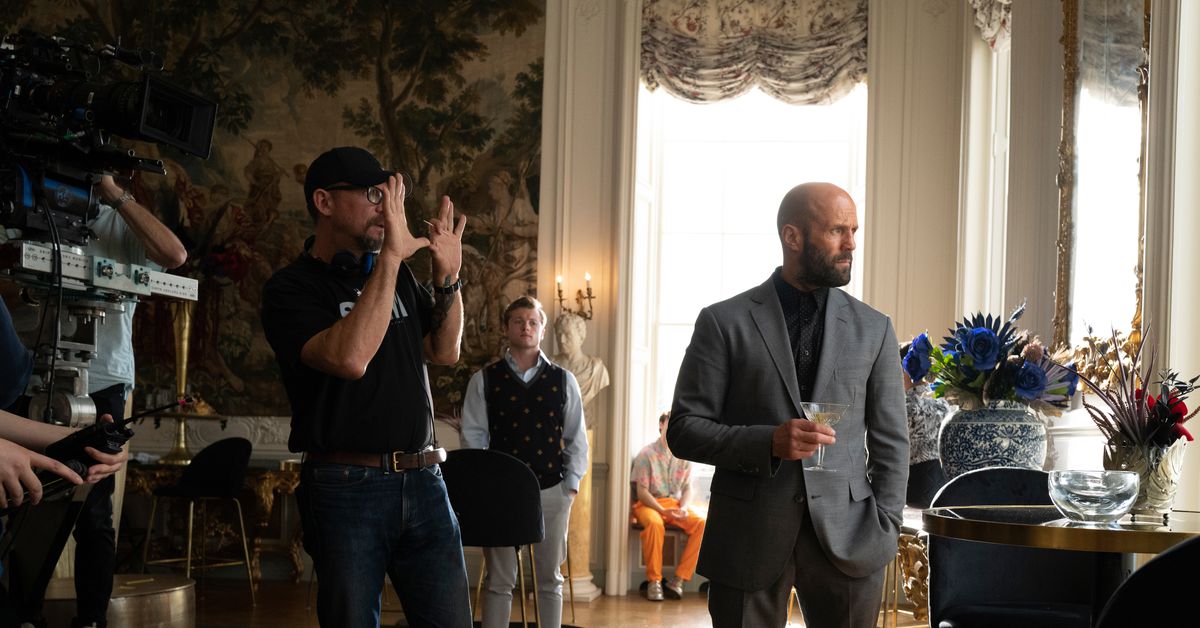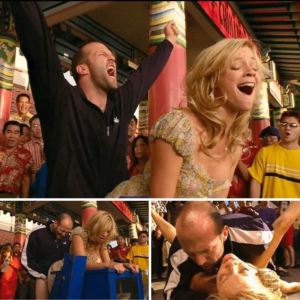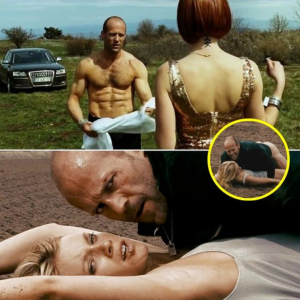Jason Statham, known for his rugged roles and relentless dedication to justice in his films, takes on a new challenge as he and his team strategize child rescue operations in affluent areas. The mission, unlike any they have tackled before, requires meticulous planning and a deep understanding of the unique obstacles posed by wealthy neighborhoods. These areas, often characterized by their security measures and insular communities, present a distinct set of challenges for rescue operations.

Statham’s team is composed of a diverse group of experts, each bringing their unique skills to the table. There’s Alex, a former intelligence officer with a knack for gathering and analyzing crucial information, and Maria, a tech genius who can hack into any system to gather vital data. The team also includes Liam, a tactical strategist who excels in planning complex operations, and Sarah, a former child psychologist who provides insights into the mindset of the children they aim to rescue. Together, they form a cohesive unit dedicated to their mission.
Their strategy sessions are intense and thorough, reflecting the gravity of their task. Statham leads these meetings with a combination of urgency and calm authority, understanding the need for both meticulous planning and quick, decisive action. The team gathers around a large table, maps and blueprints spread out before them, as they discuss every possible scenario and contingency plan.

The affluent areas they target are protected by sophisticated security systems, private guards, and a general sense of isolation from the outside world. These factors require the team to adopt unconventional methods and think several steps ahead. Maria works tirelessly on disabling security systems and creating diversions, while Alex gathers intelligence on the routines and patterns of the inhabitants. Liam devises entry and exit strategies that minimize risk and maximize efficiency, ensuring that the operations are swift and smooth.
One of the most significant challenges they face is the perception and influence of wealth. In these areas, the wealthy residents often have connections and resources that can complicate rescue efforts. The team must navigate these social and political waters carefully, ensuring that their actions do not draw unwanted attention or provoke a backlash that could jeopardize the children’s safety.

Despite the complexity of their mission, the team remains focused on their ultimate goal: rescuing children from harmful situations and providing them with a chance at a better life. Sarah’s role is crucial in this regard, as she prepares to offer immediate psychological support to the rescued children, helping them transition from a life of fear and uncertainty to one of hope and stability.
As the team finalizes their plans, the atmosphere is a mix of tension and determination. Each member knows the risks involved but is driven by a profound sense of duty and compassion. They are not just rescuing children; they are confronting the stark realities of inequality and exploitation, challenging the notion that wealth can shield the powerful from accountability.

In the quiet moments before an operation, Statham often reflects on the gravity of their mission. His dedication to justice and protection of the innocent fuels his resolve, reinforcing his commitment to seeing the mission through, no matter the obstacles. The operations, when executed, are a testament to the team’s skill, bravery, and unwavering determination.
Jason Statham and his team’s efforts in strategizing child rescues in affluent areas highlight not only their tactical prowess but also their deep commitment to making a difference where it is most needed. Their mission serves as a powerful reminder that justice knows no boundaries, and that every child, regardless of their circumstances, deserves a chance to be safe and thrive.



 ??.TĐ
??.TĐ

